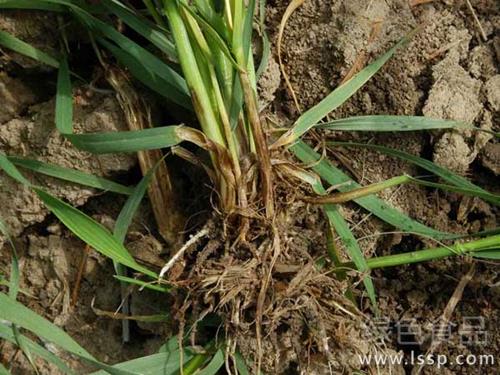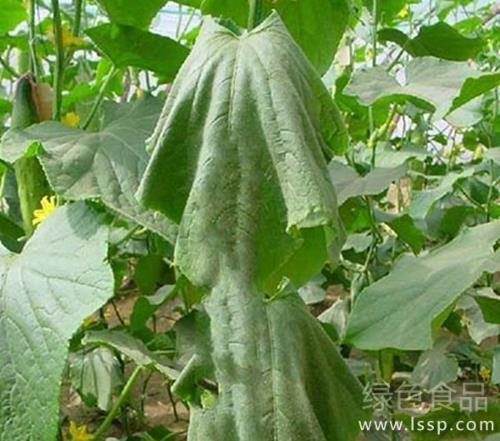How to Control Wheat Root Rot by Root Rot and Stem wilt Leaf Yellow
The symptom of wheat root rot is similar to that of retting root disease. After the wheat root was infected by bacteria, it first spread from the fibrous root to the branch root and then to the main root, and the color became dark brown. After the disease, the roots slowly rot, the initial ground stem has no obvious symptoms, but for a long time, there is no fertilizer and water supplied by the roots, the stems will wither and the branches and leaves will turn yellow until death.

Wheat root rot
1. Causes of wheat root rot:
Wheat continuous cropping for many years, soil organic matter is too small, coupled with unfavorable weather; or planting wheat soil is too high, both sides of the trench fertilization or weeding, damage the root system; or because Rain Water, irrigation, too much water, drainage is not timely; or lack of light, low temperature and high humidity, soil viscosity is too large, soil caking, poor ventilation; when the root system is injured and broken, it is easy to be invaded by germs. Rain Water has a lot of seasons.
Second, control the root rot of wheat:
1. Agricultural prevention and control methods:
A, because stagnant water and untimely drainage will cause the disease, so choose a relatively flat place to plant. B, do a good job of drainage, discharge stagnant water, especially in the rainy season. C, ploughing in time to increase soil permeability. D, apply rotten organic fertilizer, potash fertilizer, phosphate fertilizer to make wheat "strong" to enhance disease resistance.
2. Pesticide control:
① seeds were sterilized. Disinfection dosage of wheat seeds: seeds can be mixed with 600,800 times of chlorpromazine or 1000 times of carbendazim. Before planting ②, the soil was disinfected. You can use 1200-1500 times of carbendazim or 1500-2000 times of carbendazim. Root irrigation was performed after the onset of ③. 1200-1500 times of carbendazim or 1500-2000 times of carbendazim.
- Prev

A New Cotton Variety-Qiule 5
The growth period of this variety is 128-130 days, which is 2 days earlier than that of Zhongmian 41. it is a mid-early maturing variety with medium plant type, tower type, slightly compact leaf, dark leaf color, hairy stem leaf, short fruit node, strong boll setting ability, leaf floc, easy picking, white fiber color, boll opening concentration, early maturity, high yield, stable yield and strong stress resistance. Single boll weight 5.6 grams, seed finger 10.3 grams, lint percentage 39.32%, pre-frost flowering rate 92.53%, good fiber quality. Key points of cultivation this variety is suitable
- Next

Countermeasures of Cucumber shrinkage caused by shrinkage affecting yield of Cucumber in greenhouse
Countermeasures of Cucumber shrinkage caused by shrinkage affecting yield of Cucumber in greenhouse
Related
- Fuxing push coffee new agricultural production and marketing class: lack of small-scale processing plants
- Jujube rice field leisure farm deep ploughing Yilan for five years to create a space for organic food and play
- Nongyu Farm-A trial of organic papaya for brave women with advanced technology
- Four points for attention in the prevention and control of diseases and insect pests of edible fungi
- How to add nutrient solution to Edible Fungi
- Is there any good way to control edible fungus mites?
- Open Inoculation Technology of Edible Fungi
- Is there any clever way to use fertilizer for edible fungus in winter?
- What agents are used to kill the pathogens of edible fungi in the mushroom shed?
- Rapid drying of Edible Fungi

